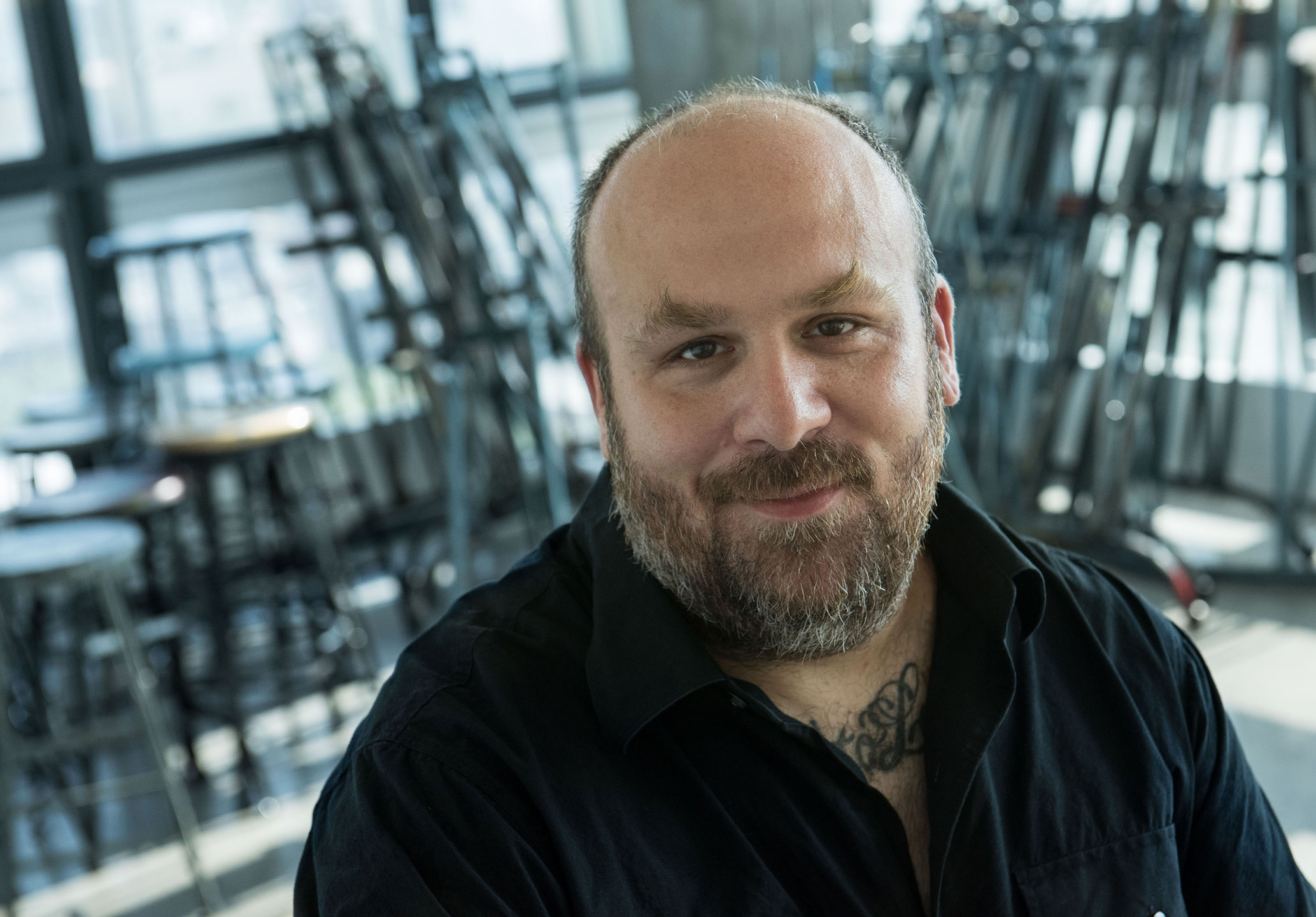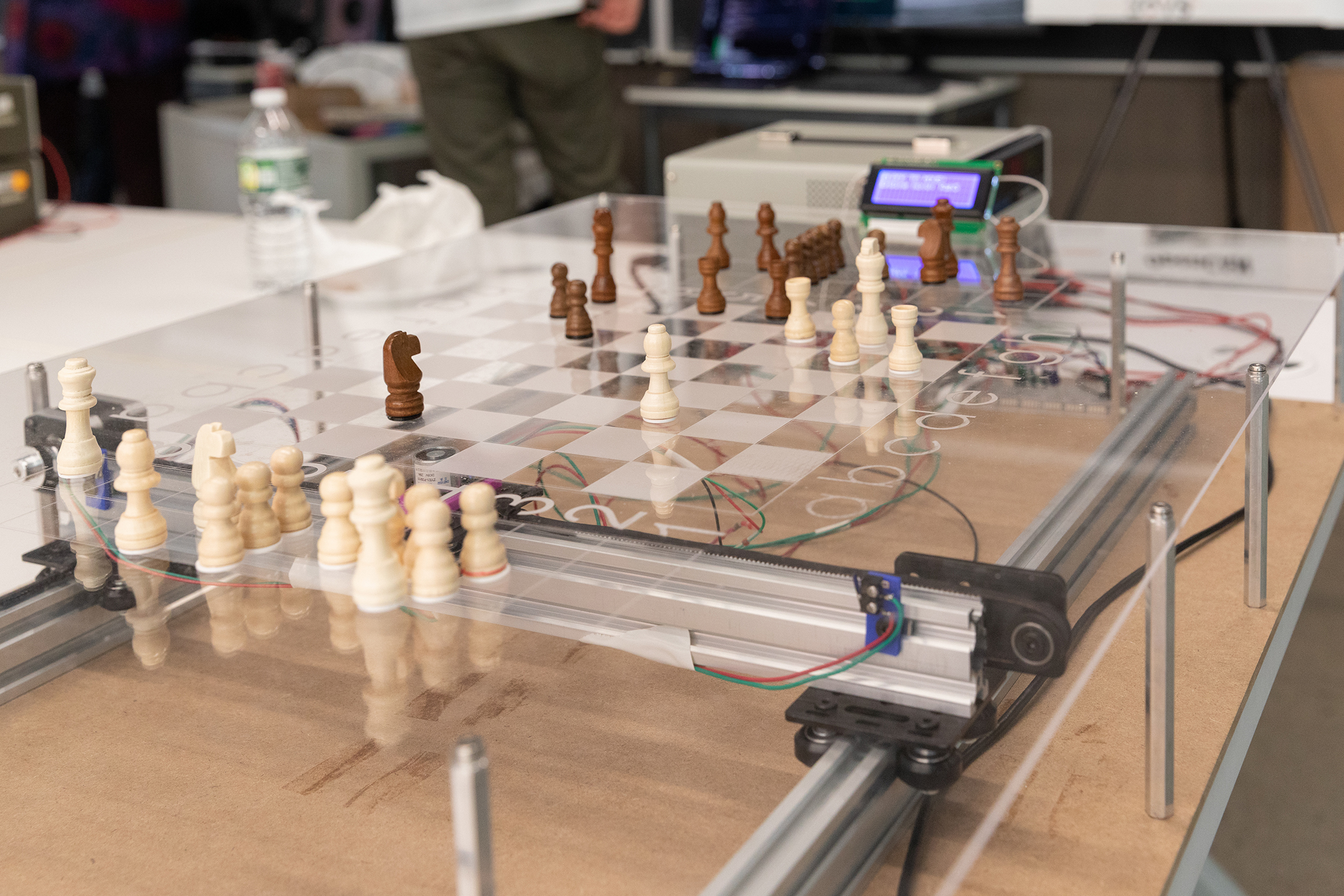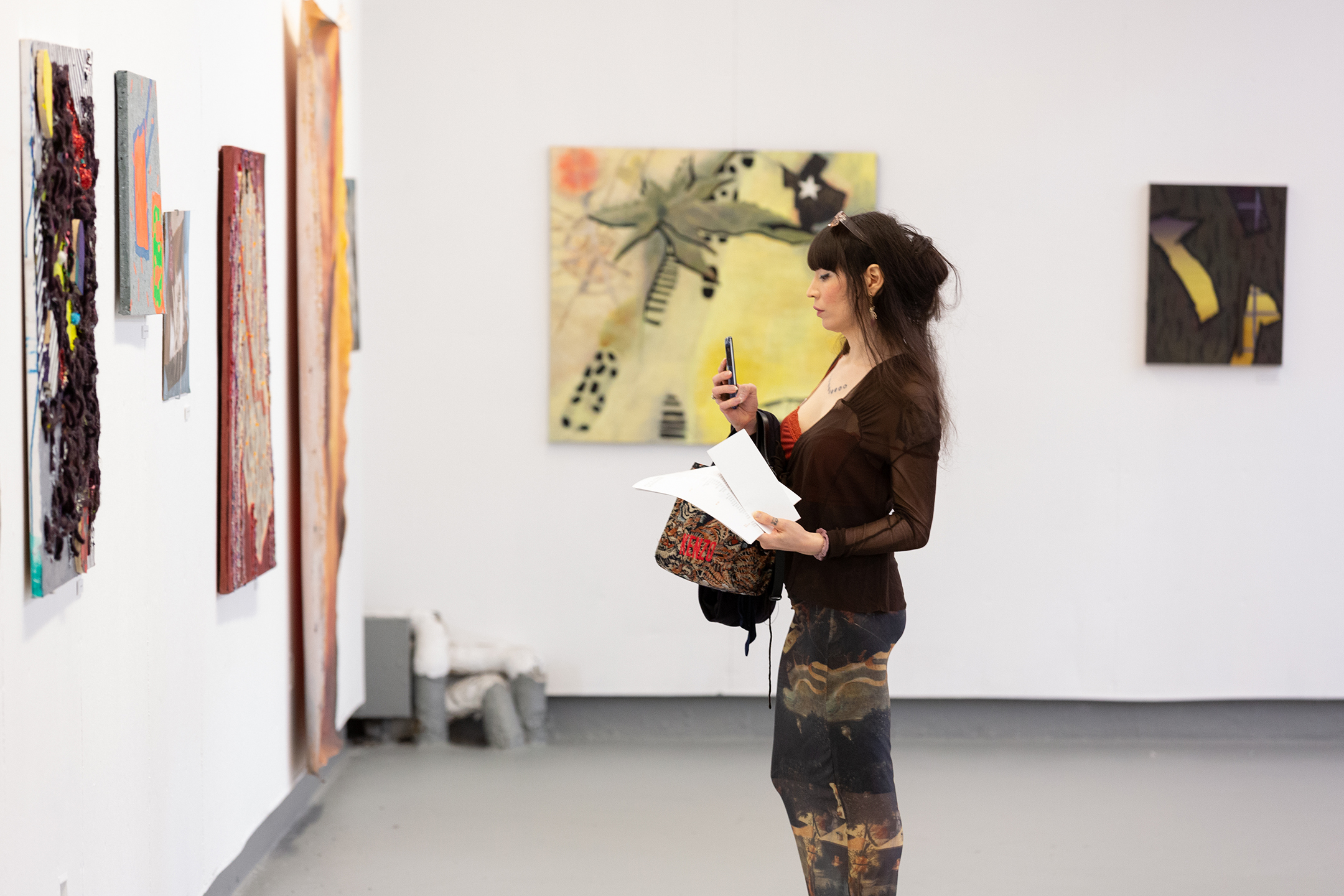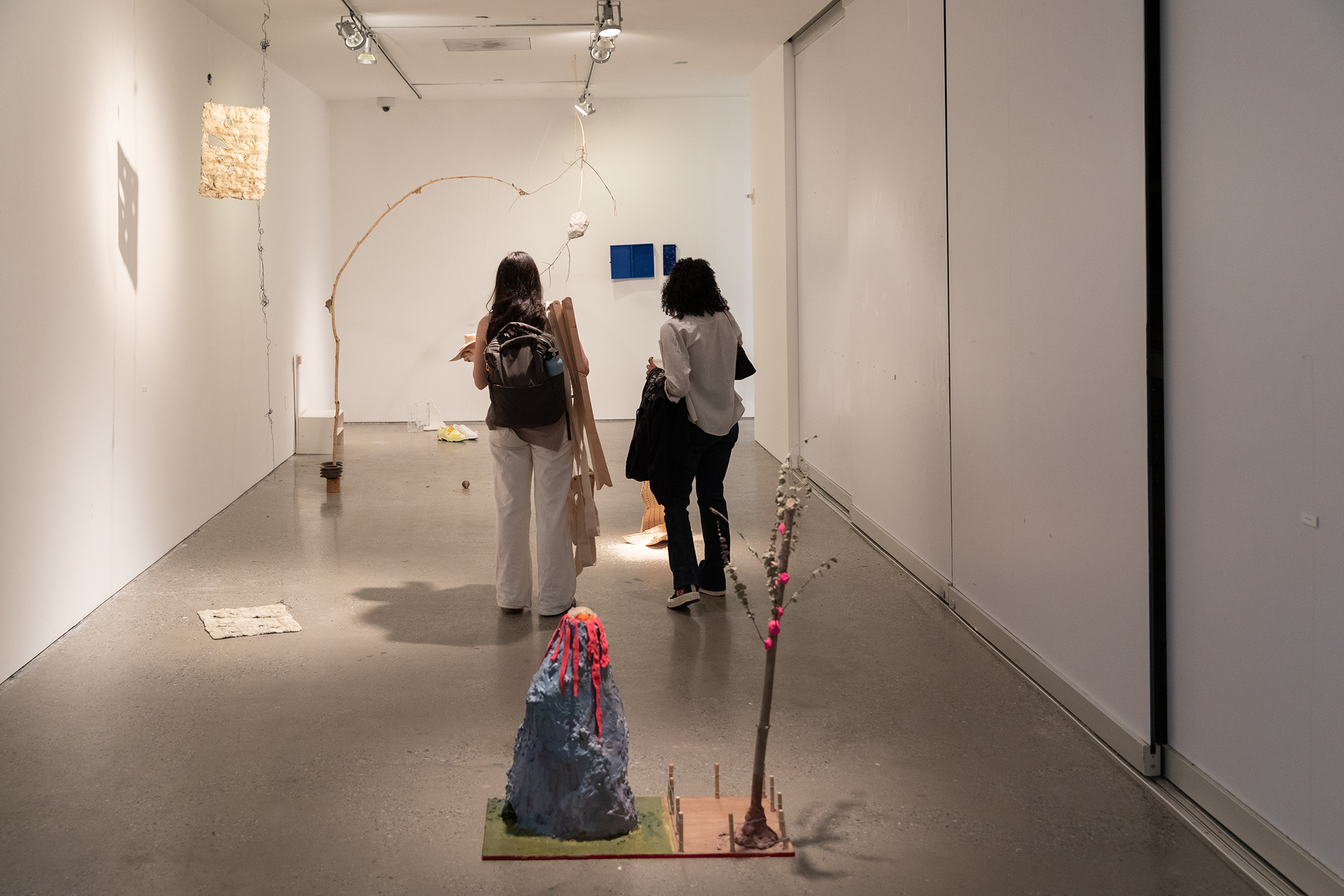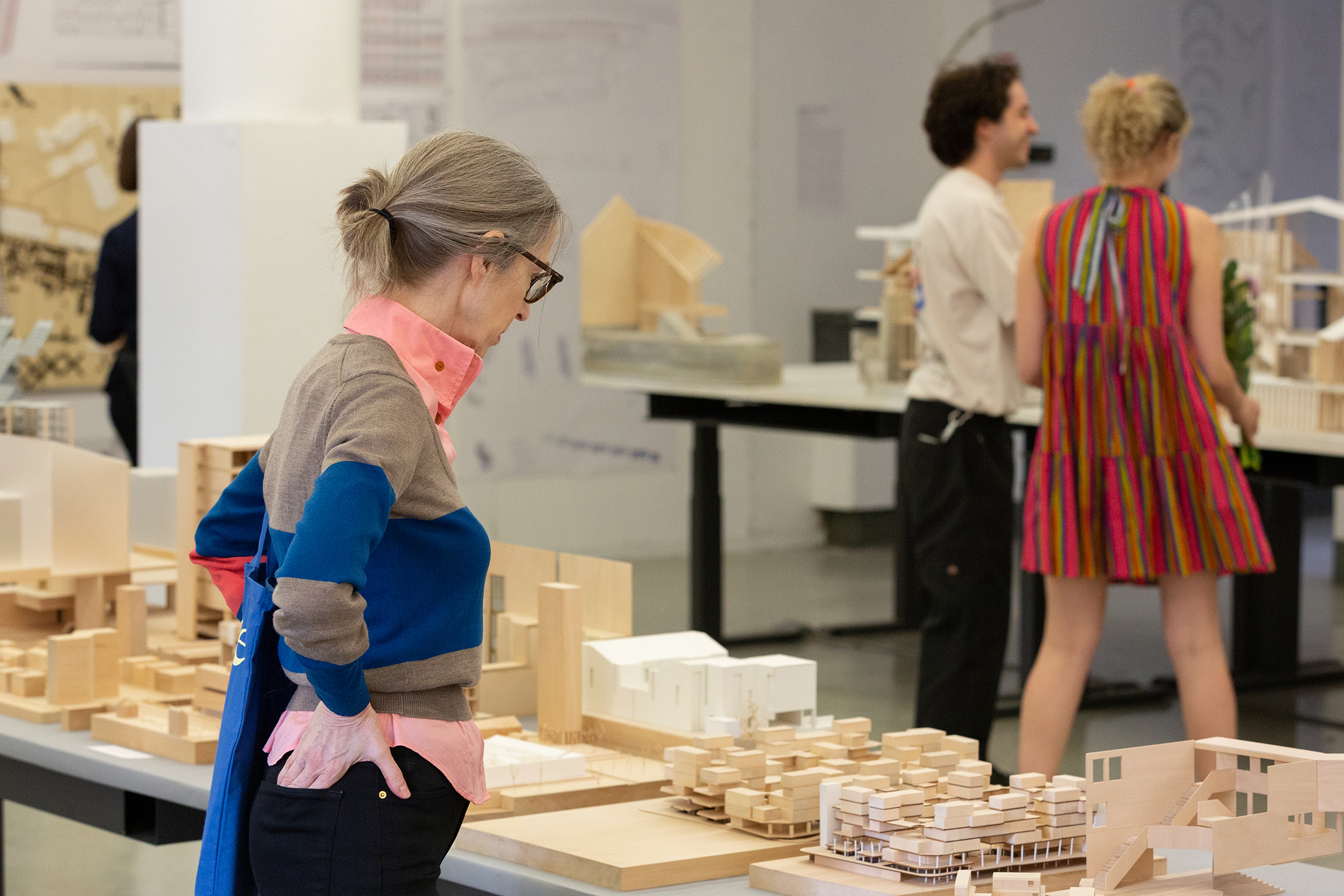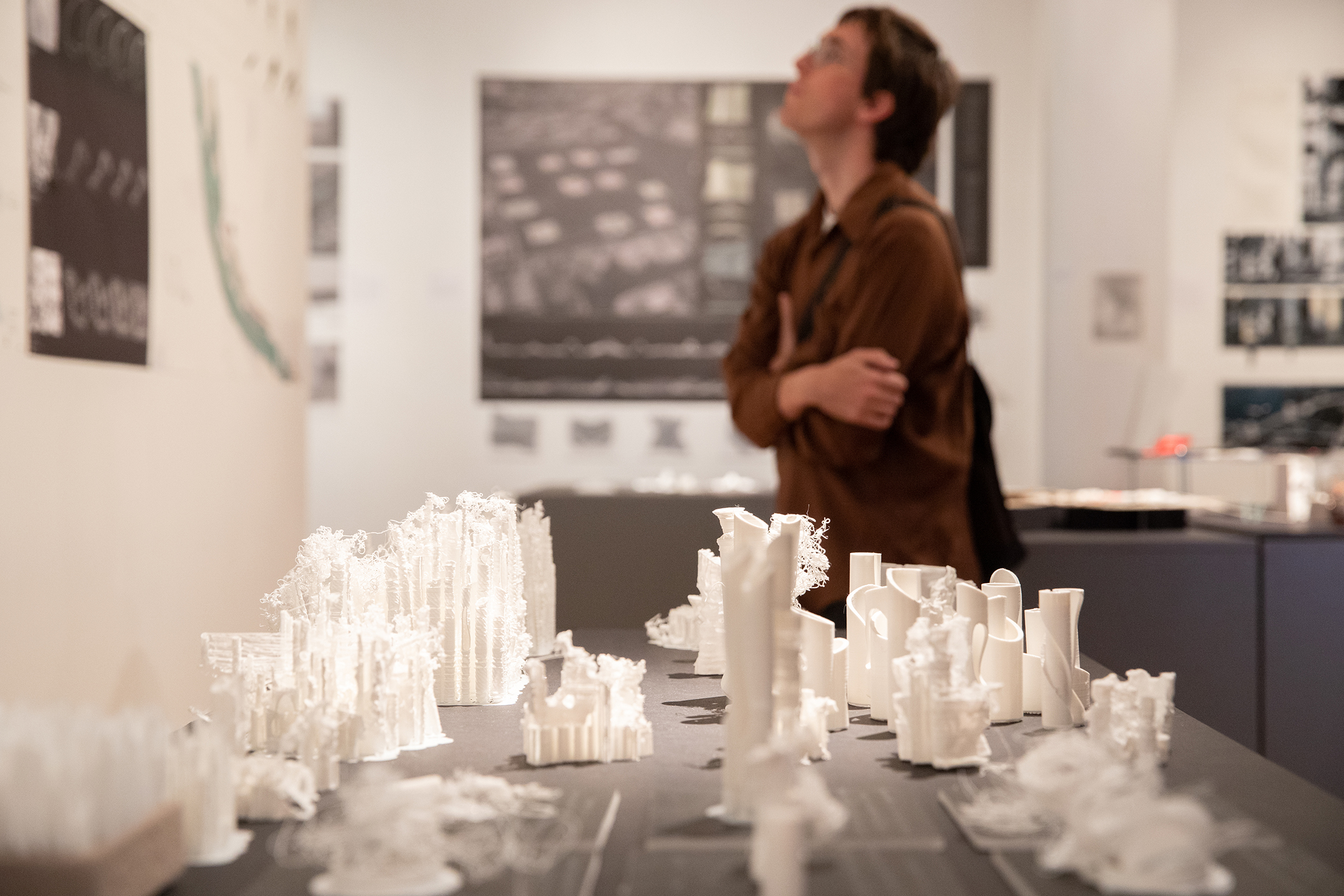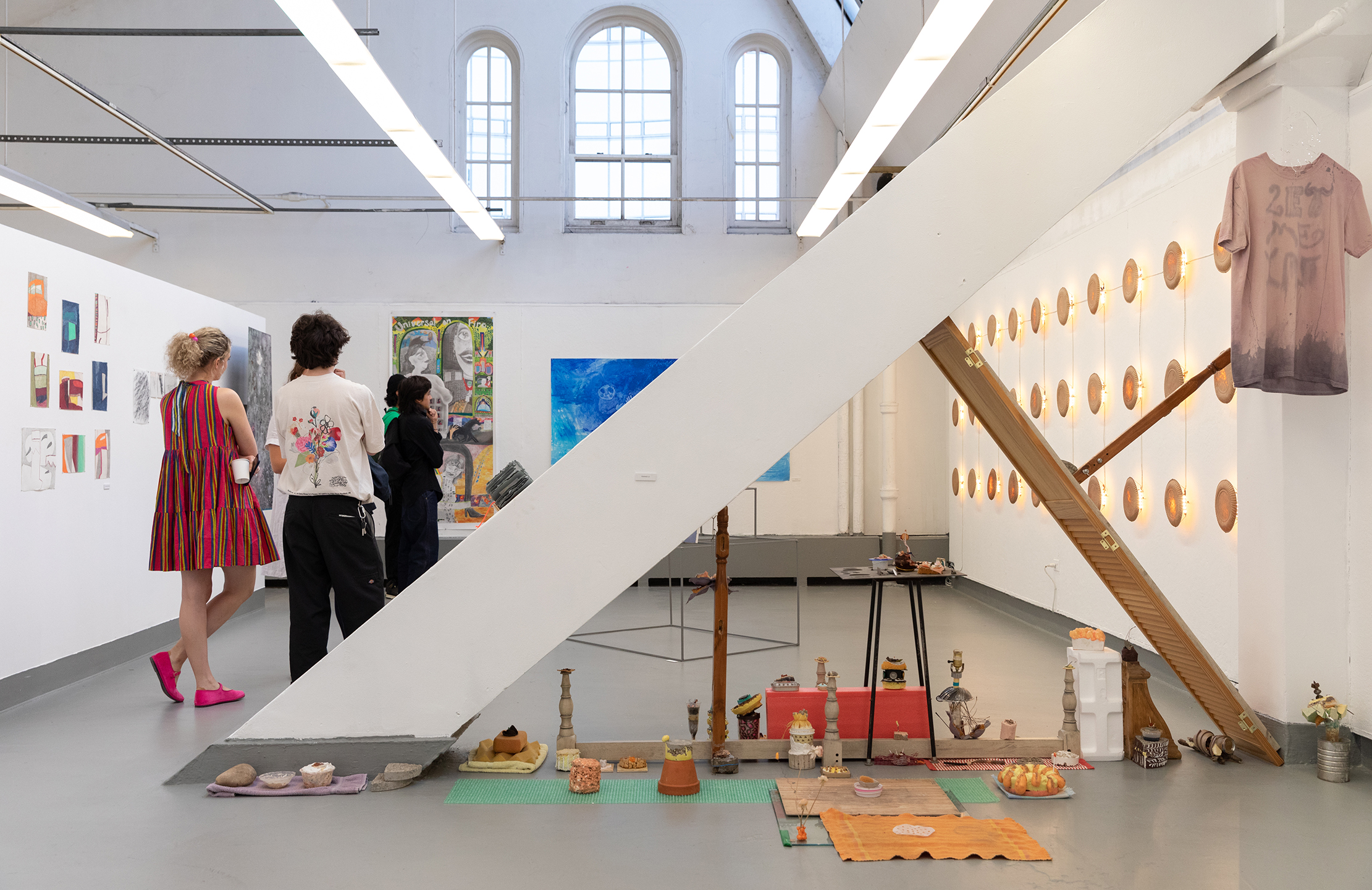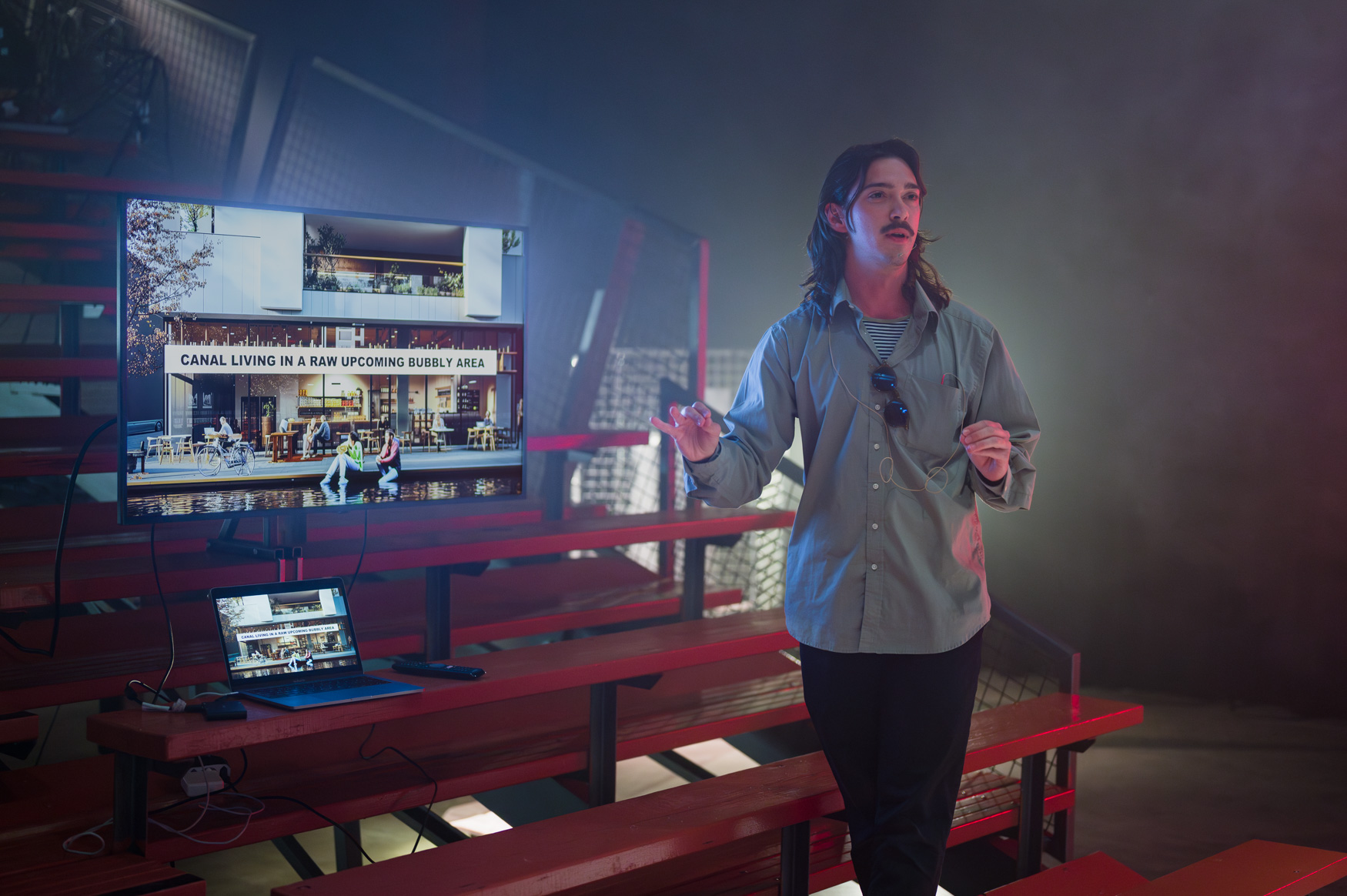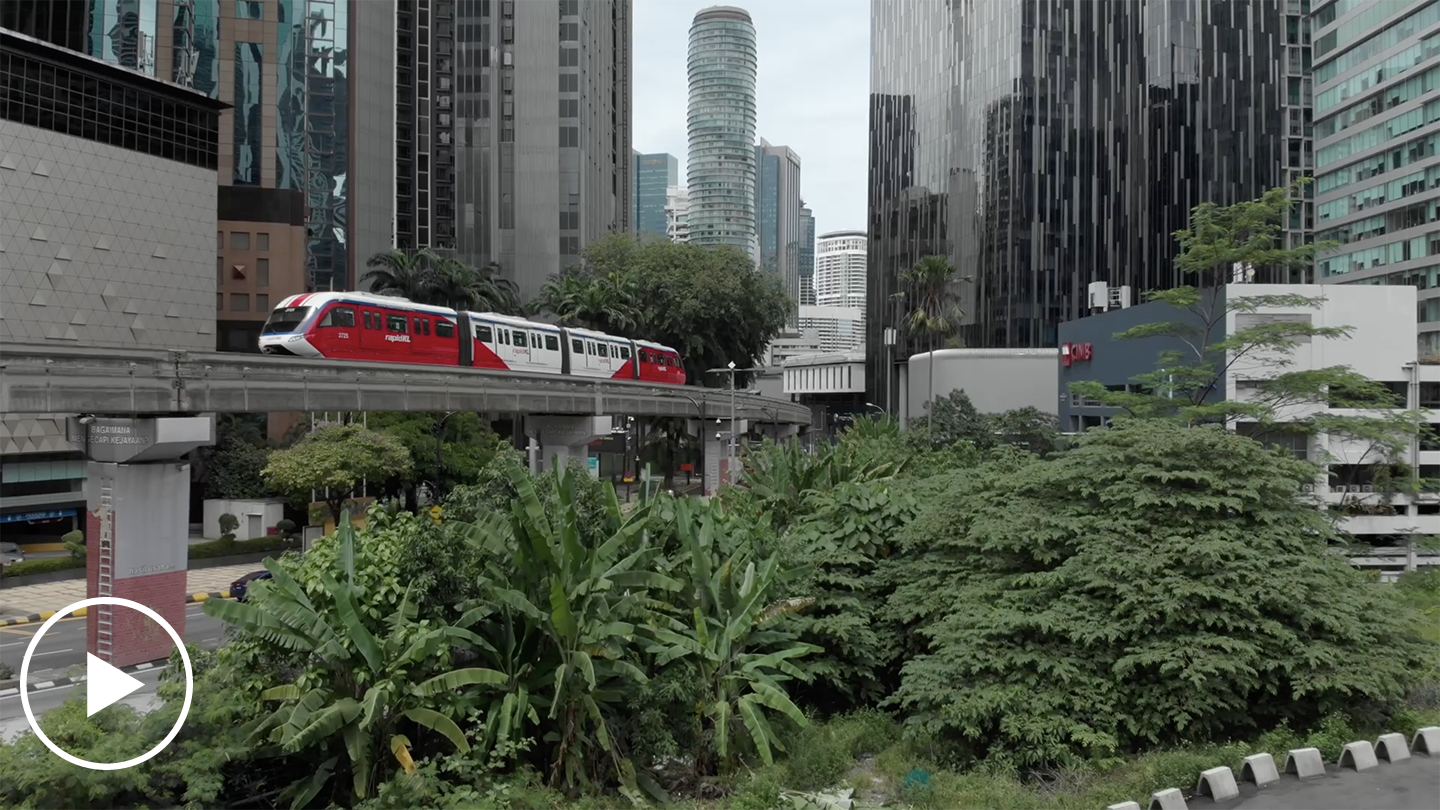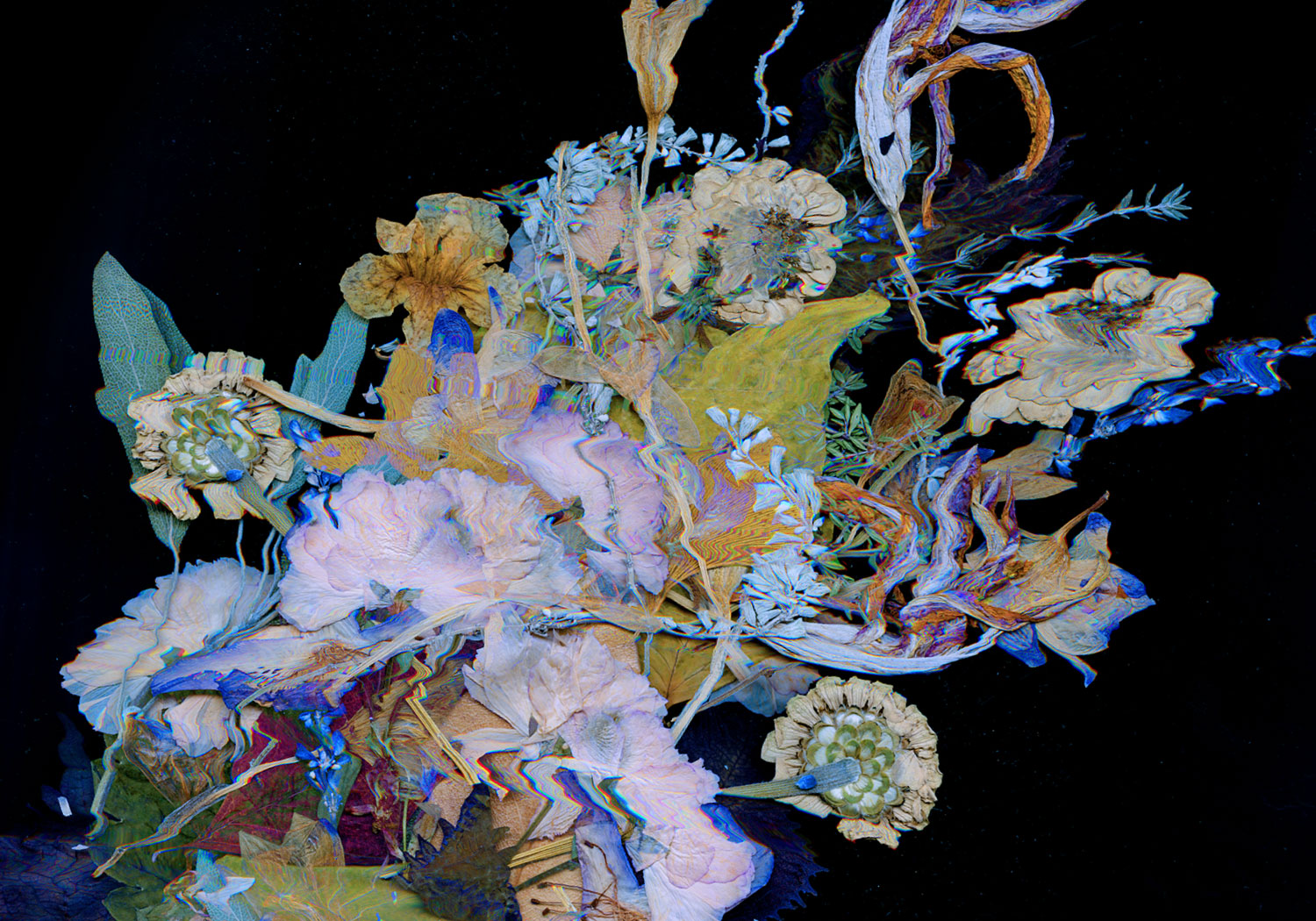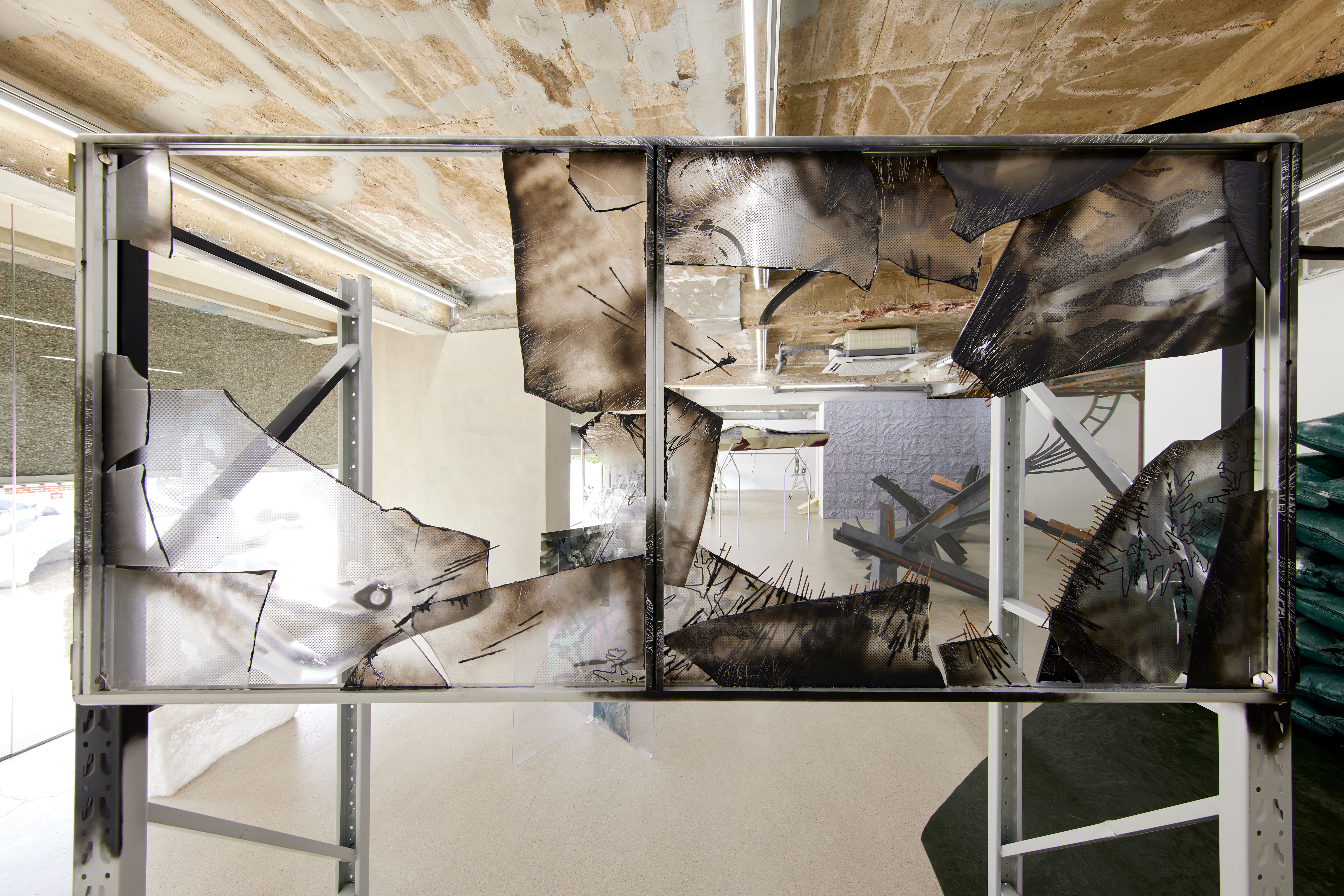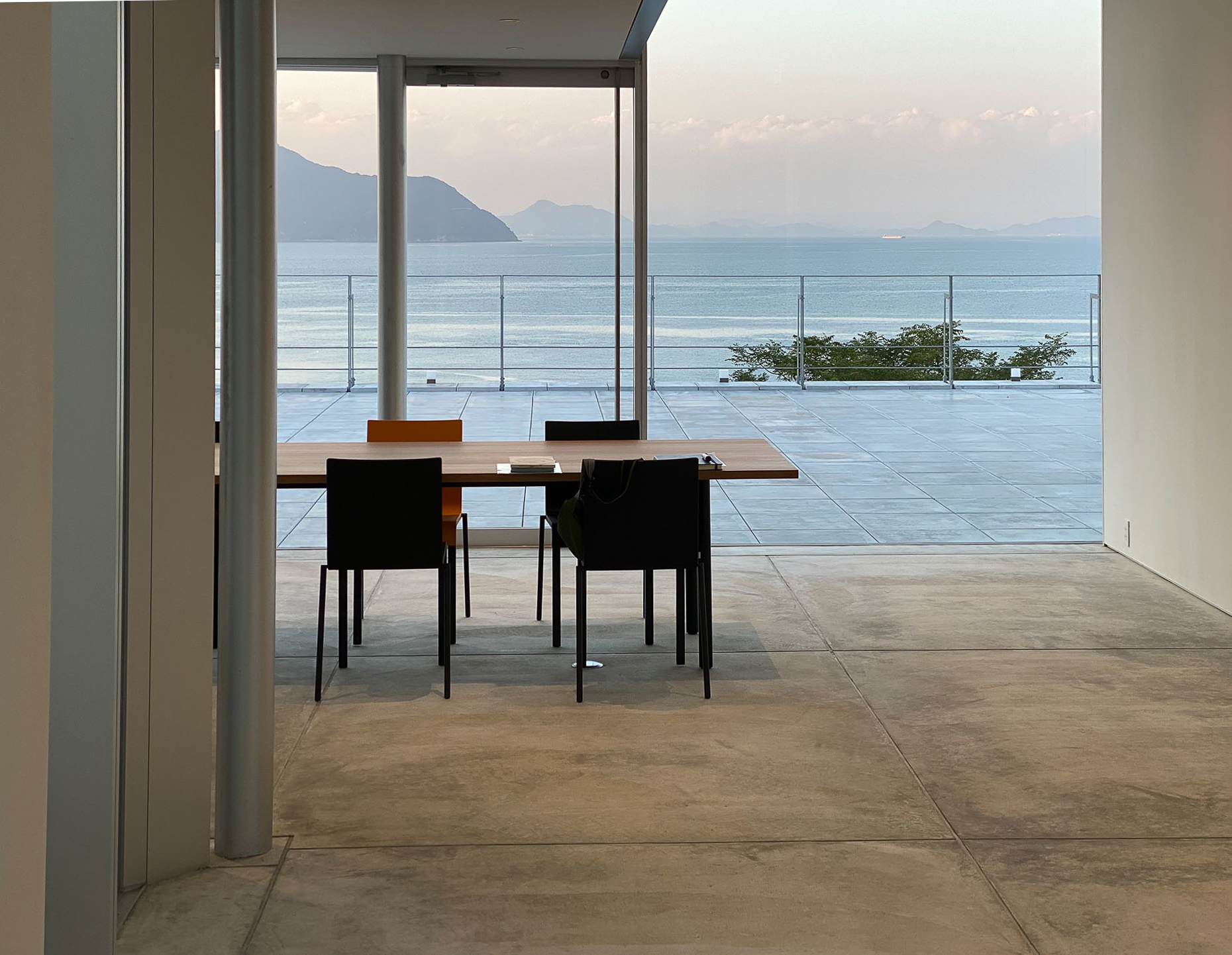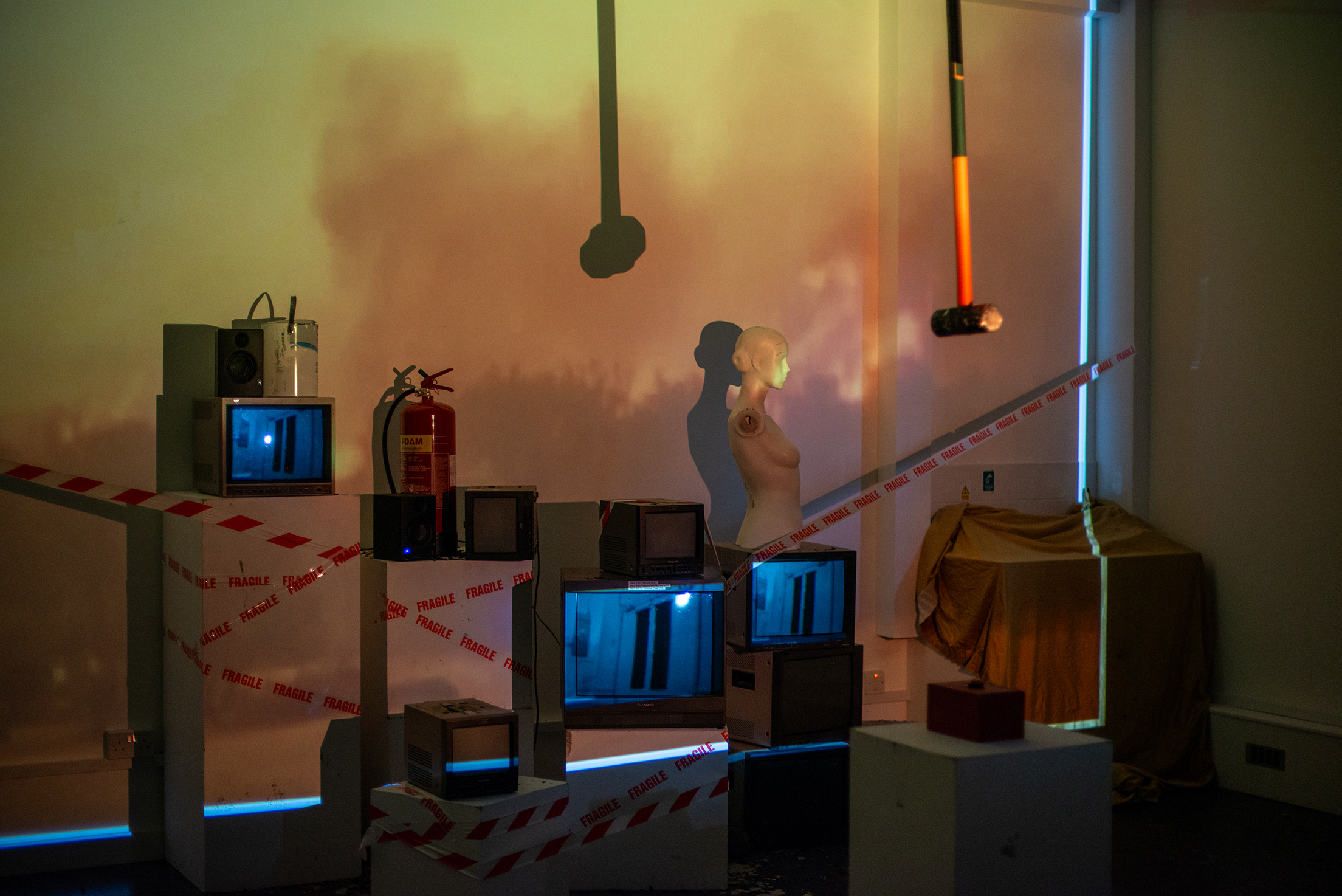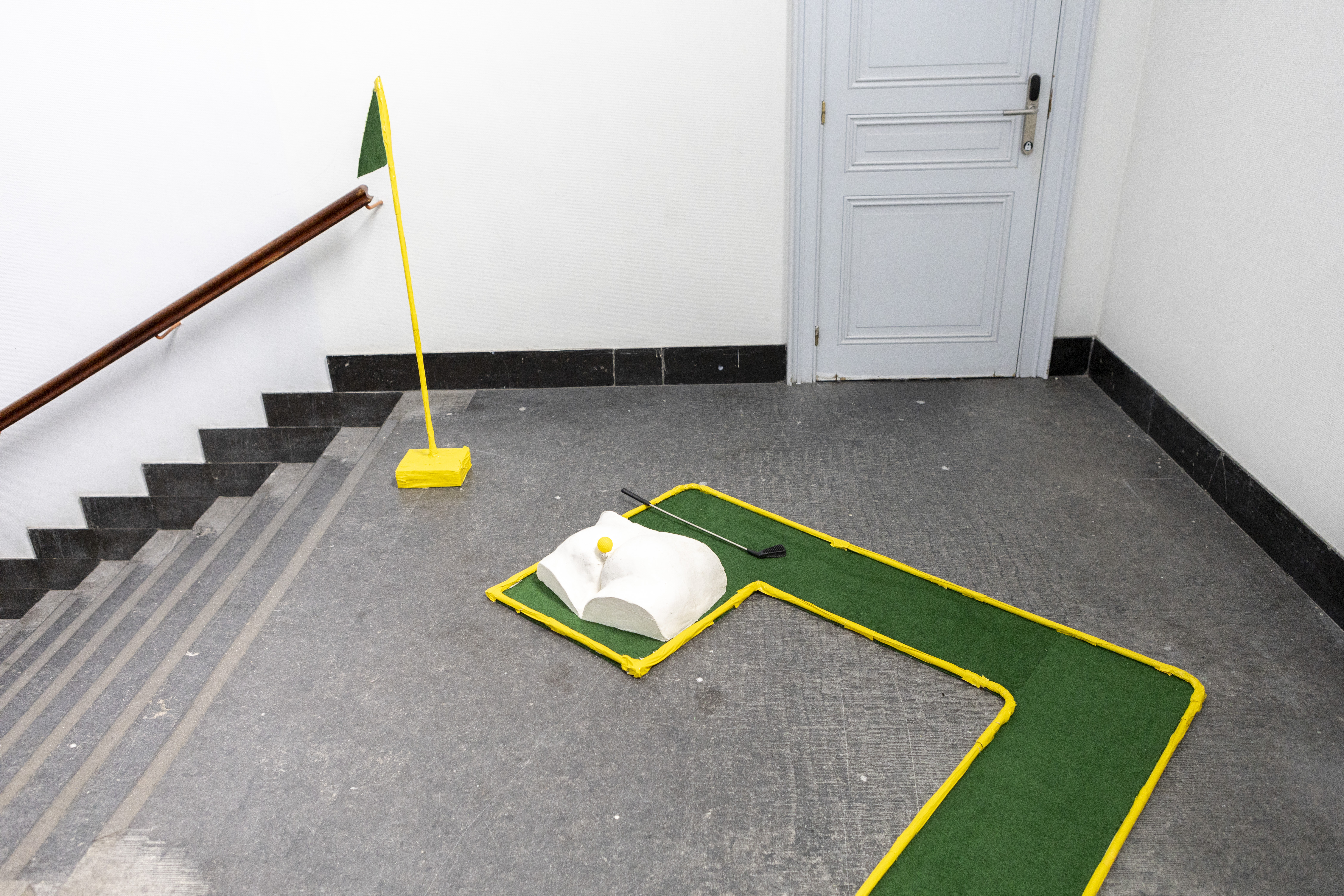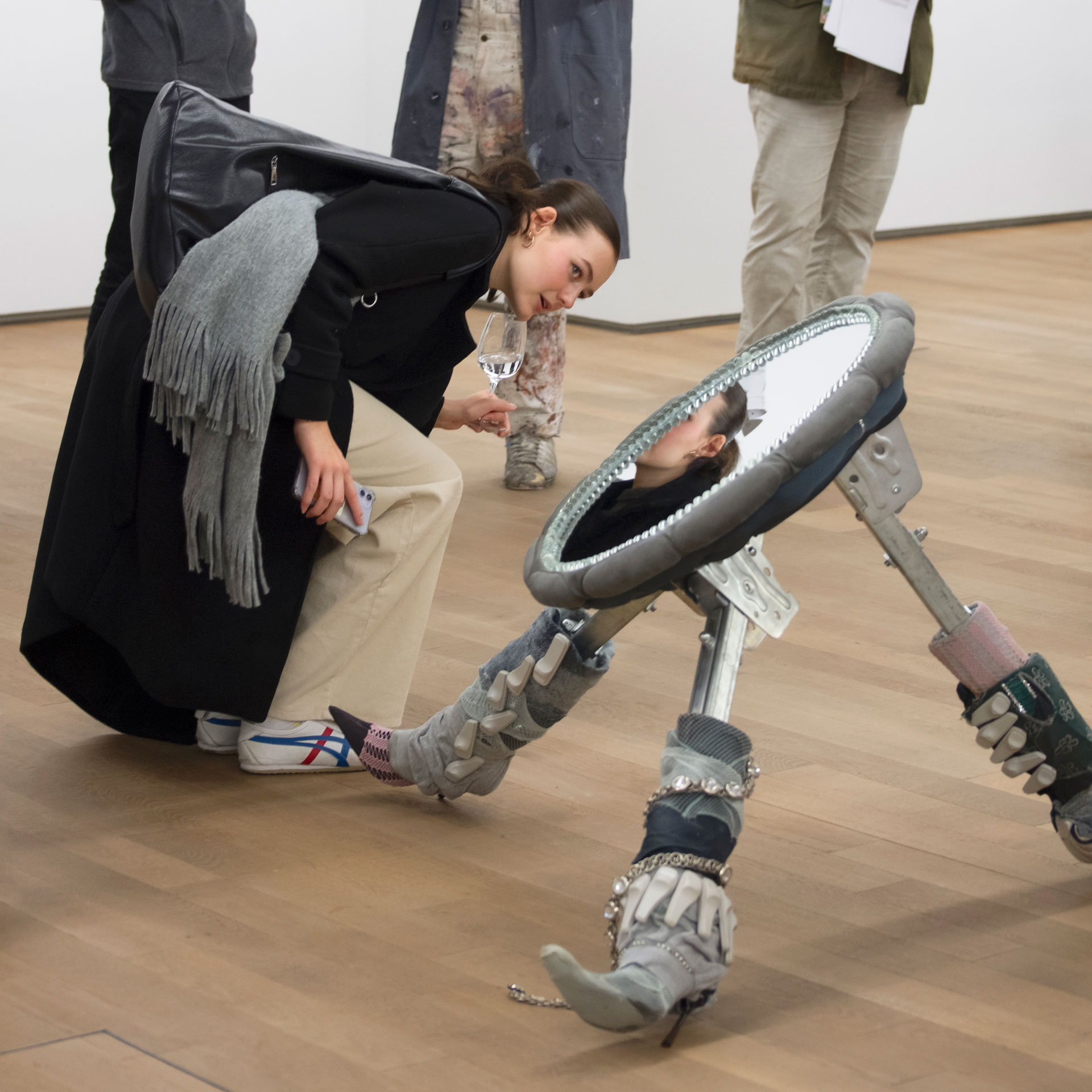Why do you teach?
I teach to honor the generosity of a few incredible teachers who fundamentally changed my life. My high school art teacher, the artist Richard Metz, fostered my love for design and was the only adult in my life who encouraged me to go to art school. At Cooper Union, Norman Sanders, my offset lithography professor, recruited me and became my first client, and Barbara Glauber, the best graphic designer I know, taught me to love form.
Paying it forward by helping young people become successful artists is extremely rewarding. I’ve continued to teach for almost thirty years because working with students makes me a more empathetic person and a better designer. I was fortunate to achieve early success as a graphic designer, but teaching design and working with young people has proven to be exponentially more fulfilling than designing for clients. Helping students develop their practice so they can thrive when they graduate will always feel more significant to me than redesigning a logo. The “making” part of what we do is more compelling than the “selling” part, and teaching helps me balance my problems with the profession of graphic design with my love for making it.
When I was a student at Cooper Union, there was always this idea that if we all work together and help each other, we’ll all do better. I try to live that idea as a professor and now as dean.
How have you seen art and design education change in your time as a teacher and dean?
The most significant change is that art education has become more nurturing and focused on helping students succeed.
On my first day as a foundation-year student at Cooper Union, preparing to study in all the disciplines offered by the School of Art, my professor reminded us that only five percent of students who apply are accepted and that if we couldn’t “hack it,” then there was a line of great students waiting to take our place. I’ll confess that when I started teaching I carried that attitude with me into the classroom. It took time, but after working with and listening to my students, I realized that it was unfair to compare my experience as a student with their experiences. My strategy now is to meet students where they are and to evaluate their work on growth, not virtuosity. I’ve taught at a few other art schools, and I’m thankful to see the “sink or swim” philosophy replaced with inclusiveness, mentorship, career assistance, and access to mental health services.
What do you perceive as problems with the profession of graphic design, and how do you address them in your teaching? How might “professionalization” enter the classroom?
The profession operates inside a bubble of graphic designers making work for other designers. The bubble starts in art school, where most of your teachers are graphic designers and all your classmates are graphic design majors. Teaching at Cooper Union is unique because we don’t have majors. Most of my students concentrate on graphic design, but I also have students who are equally dedicated to another discipline, like painting. This mix of perspectives and references in our critiques leads to more personal work and less reliance on professional trends.
When I work with new professors in design, my advice for them is to create assignments that can be vessels for a student’s ideas. This approach allows a student to create something very applied and “professional”—if that’s what they’re interested in—but it also allows a student to make something incredibly personal. One of the worst assignments I had as a student was redesigning a corporate logo. Why would I care if Exxon needed a new logo? My take on that now is to ask students to identify as part of a cultural group or community, research the community’s visual language, and create a symbol or system that can speak to and for the community. The goals are similar to redesigning a corporate logo, but the result is more focused on the student’s interests.
What kind of parameters does a “vessel” assignment entail?
A vessel assignment entails only design parameters and offers an opening for the student to select a topic or idea to work with. For example, I assign an information design project to map a historical event. The only parameters are the size (8.5 × 11 inches), the use of actual data (not fictional or imagined), and the mapping of at least three data points.
I could assign the same data and events to the students and see incredible results, but by the final critique, we’d hit the same notes, learn the same history, and settle around very similar ways of presenting information. Keeping the assignment open allows us to see a wide range of projects and learn about each event. Some of my favorite examples include a map of the population growth of Florida before and after the invention of air conditioning, a timeline of the rise in the use of curse words in popular movies, a chart to counter racial stereotypes about public housing in New York City, and even a map about the journey of the Donner Party. The student can decide if they want to be practical, personal, funny, etc.
There are great examples of this kind of assignment on display now in our End of Year Show. Right outside my office are beautiful film festival posters created by students in Beverly Joel’s Graphic Design II class. Students decide on a theme, select the films, and create an identity and promotional poster for the festival. I love seeing the range of design ideas and, more importantly, seeing what students are interested in.
From their research, what languages have students surfaced in their work? What are they looking at?
By visual language, I mean the kit of parts a group uses to communicate. I remember a student presented a project about the Sturgis Motorcycle Rally. Their research included the typography associated with biker clubs, the insignia used on their jackets, the visual language of Harley Davidson advertisements, biker movies, Tom of Finland drawings, etc. The research informs things like typeface selection, color, shapes, and photographic and illustration styles. I hope that students become more empathic to the needs of the communities they are designing for and understand that the best thing you can do as a designer is to help people communicate.
How does technology factor into your design pedagogy? Are the students making us of emerging technologies or looking to more nostalgic ways of producing graphic design?
In my assignments, I have the same openness to technical requirements as I do to content . If a student can create great work using older techniques or by hand, I encourage that, but I also ensure they understand the bare minimum of the technology that would have made that project easier or faster to create. I’m open to a bit of nostalgia, but not as an excuse to hide from the tech. We have students who barely touch a computer in their studio practice and students who are making virtual worlds in VR. There’s also an exciting mix of the old and new, like bronze casting a 3D print or using a CNC machine to make a printing plate.
In your teaching, how do you encourage students to design with empathy?
When I teach Graphic Design I, the first question I ask the class is, “What is the difference between design and art?” After a brief discussion, we always end up with the same answer, “utility.” To design is to create something to be used by people. By starting with utility, I hope that students understand design is in service of helping people. I frame the historic data project I mentioned above as an exercise in using design to help people understand something complicated. My approach is to always link the making of design to its usefulness to people.
What discourses in graphic design do you feel could be given greater consideration in its teaching?
Accessibility. A few years ago, at Typographics, I saw Ellen Lupton’s talk “Design Beyond Vision” about designing an exhibition to be experienced by everyone, including the visually impaired. [footnote See →.] Ellen’s talk made me realize how ableist and vision-centric design education is.
Labor. We need to talk more about labor practices in design—contracts, usage rights, in-house vs. freelance work, negotiating terms, advocating for yourself in the workplace, etc.
Sustainability. A lot of graphic design is disposable ephemera, but we rarely discuss the environmental impact of our work.
A decade on from the Free Cooper Union movement, in which posters and banners skillfully communicated organizers’ petitions to restore full tuition scholarships, how might students today use graphic design to improve their learning conditions?
Design won’t change the world, but it can help. Posters and banners make noise, but the students holding those signs made the difference. Students can use design to mobilize, get the word out, and keep the pressure up, but you gotta show up and organize to make a difference.
What do you envision for the future of art education and how can it be achieved?
I’m hoping for a future where everyone who wants an art education can afford one. Private art school is an expensive proposition for most families. I wouldn’t have been able to attend art school without the full scholarship to Cooper Union, which is in part why I was such a staunch advocate for the return to full scholarships plan, which is now underway. There is only a future for art education if we invest in young artists and make it affordable.
See →.
